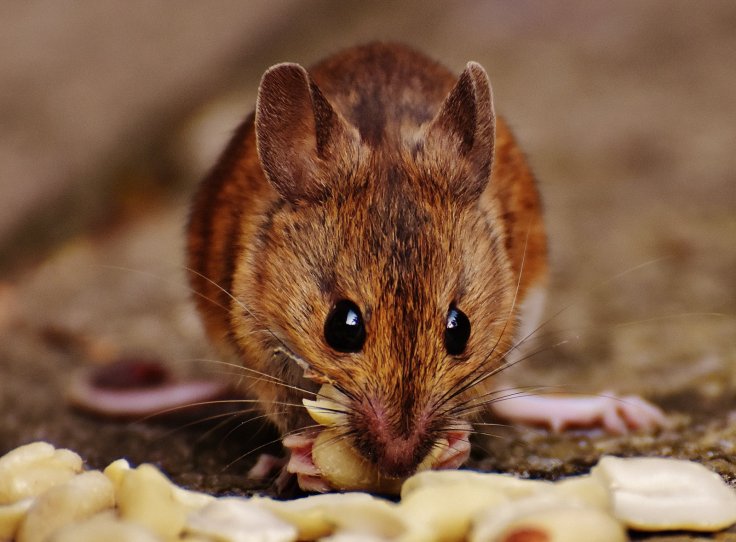Ever wondered why a rat from New York relishes a slice as much as a human from the city? Or how it manages to keep up with the city's fast-paced lifestyle? Or how it manages to thrive in every inhabitable inch across the five boroughs? A new study tries to answer the question. They may have simply genetically evolved to adapt to life in New York!
In the study, the geneticists claim that they have discovered dozens of genes associated with mobility, behaviour and diet, that may have enabled rats to flourish in New York. "As both an evolutionary biologist and a New Yorker, I can't help but be amazed by the ways that rats have adapted to urban environments," said Arbel Harpak, a population geneticist at Columbia University and co-author of the study, in a statement.
Comparing genome sequences

In order to study their evolutionary traits, the nippy rodents had to be caught first. Using a mixture of treats such as peanut butter, beacon and oats to tickle their senses and lure them, nearly 400 brown rats (Rattus norvegicus) from across the city were trapped by a team led by co-author Jason Munshi-South's team, who specialises in urban evolution and ecology.
Next, the full genomes of 29 rats—all from Manhattan—were sequenced. Interestingly, while brown rats are also commonly called Norway rats, rural northeast China is considered to be their native land. Therefore, the researchers compared the genomic sequences of rats from the region with the newly sequenced genomes of brown rats from New York.
Advantageous mutations
An evolutionary process known as a selective sweep—where beneficial mutations increase in frequency and become common among populations of an organism—enables favourable adaptations. For example, the ability of some human beings to digest milk in adulthood or breathing in higher altitudes can be attributed to the process. Hence, the researchers scanned for regions in the sequenced rat genomes containing variations that may have aided in advantageous adaptations.
At the end of the scan, the researchers found dozens of genes that bore trademarks of a selective sweep in New York rats. Some of these genes were linked to mobility, behaviour, and most importantly diet—all of which are potentially typical of life and challenges faced in the Empire City.
Differences between rats in different cities?

Harpak said that by analysing the DNA of New York rats from the nineteenth century, his team aims to ascertain the exact period during which the selective sweep took place. They also wish to catch rats from other cities to explore another interesting question—Have the genomes of rats from other cities evolved in the same manner as the ones in New York?
Yes, there might be some differences in the genetic adaptions of rats from other cities, suggests an experience narrated by Hopi Hoekstra, an evolutionary biologist at Harvard University in Cambridge, Massachusetts. Nearly a month ago, the biologist attempted to trap a rat in her basement. She was confident about grabbing the small mammal. She said, "I've been trapping rats for 25 years."
Converse to her expectations, she failed to catch the rodent. Upon the arrival an exterminator, she was surprised to learn that Cambridge rats favoured food such as Slim Jims and Dunkin' Donuts pastries over the peanut butter she used to set traps. Now, she is collecting Cambridge rats to analyse their DNA. Adding weight to the findings of the current study, Hoekstra said, "When the paper came out, it just clicked. Of course, there were differences. The local exterminators know they are different."

A starting point for future studies
This paper could serve as the launchpad for future studies, the researchers believe. For example, studies in transgenic lab rats may help understand whether alteration to genes associated with developing new neurons led to changes in their behaviour. Whether or not discovered genes connected to metabolism of sugar and carbohydrate may have affected their diets, is another area that can be looked into.
Andrés Bendesky, an evolutionary geneticist and neuroscientist at Columbia commented that connection of some of the discovered genes to the neural makeup was intriguing. A prevalent hypothesis is that by changing their neural wiring, animals may adapt to new environments. However, it has not been proven yet, says Bendesky.









